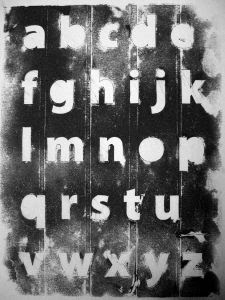 On Friday I like to I like to post something I recently designed. Here's magnet recently released by Leanin' Tree
On Friday I like to I like to post something I recently designed. Here's magnet recently released by Leanin' TreeSign up on my business facebook page to see other releases.
 On Friday I like to I like to post something I recently designed. Here's magnet recently released by Leanin' Tree
On Friday I like to I like to post something I recently designed. Here's magnet recently released by Leanin' Tree Most designers license their work either on a flat-fee basis, or for an advance against royalties. Licensing gives a company the right to reproduce your design for a certain use for a specific amount of time in a particular market, such as North America or worldwide. The artist retains ownership of the image and can continue to license it for other uses that don’t conflict. Under a flat-fee basis, ownership rights are typically turned over to the publisher. For greeting cards, a flat fee generally ranges between $275 and $500. An advance against a typical 4%-6% royalty may run from $150 to $300. Payments vary from publisher to publisher, as well as by type and complexity of the artwork.
Most designers license their work either on a flat-fee basis, or for an advance against royalties. Licensing gives a company the right to reproduce your design for a certain use for a specific amount of time in a particular market, such as North America or worldwide. The artist retains ownership of the image and can continue to license it for other uses that don’t conflict. Under a flat-fee basis, ownership rights are typically turned over to the publisher. For greeting cards, a flat fee generally ranges between $275 and $500. An advance against a typical 4%-6% royalty may run from $150 to $300. Payments vary from publisher to publisher, as well as by type and complexity of the artwork. The print-only freelance designer is a dying breed. There, I said it.
The print-only freelance designer is a dying breed. There, I said it.A brand identity package will never be complete without presentation folders. These branding tools are reliable branding materials you can use during client presentations, business conferences, and trade shows. It is necessary to create a professional-looking and creative folder design that will effectively represent your company image to the market.
No need to search the web far and wide for presentation folder designs, because we’ve already compiled some of our favorites in today’s post. Whether you are a marketer or a designer looking for design ideas, these folder samples will definitely enhance your creativity.